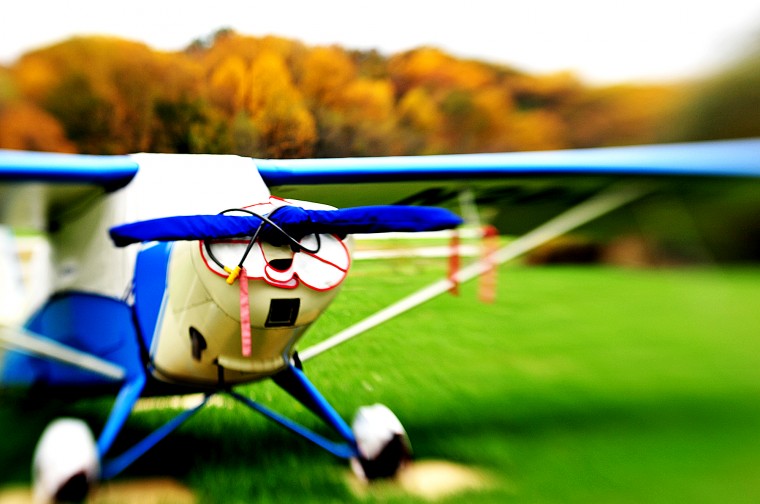
The motto “First in Flight” is emblazoned on North Carolina license plates, hinting at its great flying history. In Ohio, license plates read “Birthplace of Aviation,” a phrase intended to claim the Wright brothers as their own.
But little do most North Carolinians, Ohioans or Marylanders know, College Park has some aviation history of its own to brag about.
The College Park Airport, located about a mile away from the campus off of Paint Branch Parkway, is celebrating the 100th anniversary of the first flight to take off from its runway this month, as well as its status as the oldest continuously operating airport in the world.
Although the Wright brothers took off for the first time a few years earlier, it wasn’t until 1909 that anybody expressed an interest in buying an aircraft. The federal government decided to buy a plane for the military, and used the College Park Airport as its testing ground. The Wright brothers used the College Park Airport to teach the first two military pilots how to fly. This established the airfield as the first military training field, and it earned its nickname, “Cradle of Aviation.”
But aviation then was very different from modern times. The first pilots were only required to complete three hours of training before they were certified to fly.
Today, the different classes of pilots licenses require anywhere from 40 to 60 hours to earn, said Andy Watson, the airport’s assistant manager.
While the airport gained popularity for hosting many aviation achievements, it was also the site of the first flying accident to result in a death.
Cpl. Frank Scott died in a crash on Sept. 28, 1912. The road that the airport and museum sit on is named after Scott, who died before medics could reach the fallen plane.
As the experimental aviation period drew to an end in the ’60s and ’70s, community members worried the airport would be shut down. But in 1977, the site was entered into the National Register for Historic Places “in recognition of its significant role in aviation history.” Its future has remained secure ever since.
The airport sees only five or six flights a day, but in its heyday it was a happening place for military, citizen and air show pilots alike.
“We were having [air shows] pretty much all the time,” Watson said. “Every year. In fact there was one planned for the end of September 2001, but because of Sept. 11, this airport was closed for six months to flying. It was still open, but no flights were conducted.”
Since the terrorist attacks that year, flights are down 75 percent from the 20-30 that visited the airport each day. Though police helicopters and medivacs still use the airport, it primarily caters to private planes.
“We have about 30 planes out there now,” Watson said. “It used to be that there were over 100 based here.”
The adjacent aviation museum keeps all of the artifacts from the field, dating back the 100 years it has been in use. Among the items is the helicopter that Henry and Emile Berliner used to first experiment with vertical flights — the oldest intact helicopter in the world, Watson said.
The airport held a celebration of its anniversary in August when it held the first air show on the field since before Sept. 11, 2001. The event included flying demonstrations, an all-female skydiving team, and airplane and helicopter rides. It even featured several military planes on display.
“I think people were really into the historical aspect of being at a place that has had so many milestones in flight occur at it,” said Pete Muntean, a senior journalism major and the airport security coordinator. “Everybody was really into it.”
borowski@umdbk.com



